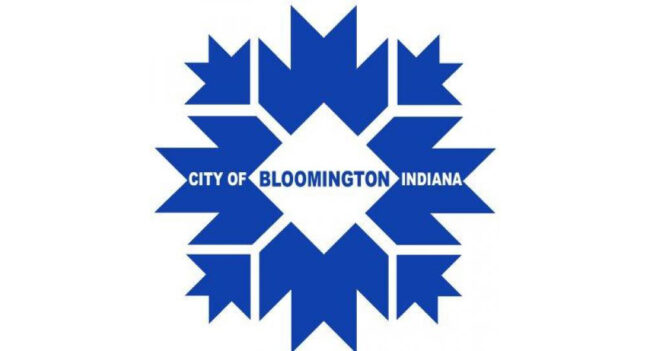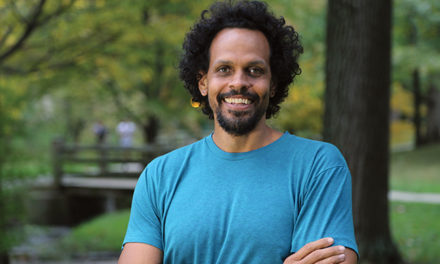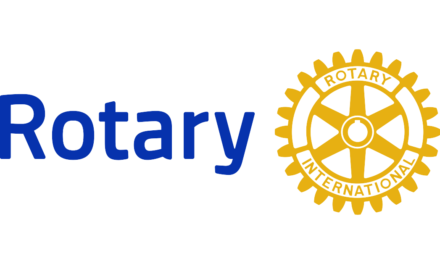
Editor’s note: The following is a press release from the City of Bloomington. Bloom has republished it here with minor edits for style and clarity.
Results of the third biennial city-wide survey were presented at the July 21 meeting of the Bloomington City Council. As in 2019 and 2017, the randomized, scientifically valid survey conducted in March and April of this year gave residents the opportunity to provide feedback on their general perceptions of the quality of life in Bloomington; to evaluate City programs, services, government performance; and to identify projects or issues facing the City. Bloomington Mayor John Hamilton initiated the effort to conduct the first city-wide survey in 2016 to grow public engagement, increase transparency, establish a baseline of public opinion, and acquire data to inform decisions about resource deployment. A complete report of the 2021 community survey is available here.
“As City government works with our community members to improve the quality of life for people from all walks of life in Bloomington, we seek regular input about perceptions, which we consider important to share,” says Mayor John Hamilton. “The data show a consistency in folks’ sense of our community’s quality of life and those assets they treasure most. At the same time, it’s not surprising that a survey conducted a year into the COVID-19 pandemic registers lower levels of contentedness and trust than previously measured. We’re grateful for this feedback, both favorable and less so, which will help identify and address challenges and steer investments in the years ahead.”
Residents continued to give Bloomington high marks for quality of life, safety, and quality of services, as follows:
- Nine out of 10 respondents favorably reviewed Bloomington as a place to live.
- Eight out of 10 affirmed the city’s overall quality of life and the community as a place to visit, the latter ranking improving from 2019 to 2021.
- Eight out of 10 indicated that they would recommend living in the community.
- Three-quarters of respondents gave excellent or good marks to Bloomington as a place to raise children and their neighborhood as a place to live, a rating comparable to national and benchmark communities.
- Three-quarters of respondents assigned positive reviews to the overall quality of services provided by the City of Bloomington, a rating similar to 2019 and comparable to nationwide and peer comparison communities.
- More than seven in 10 respondents positively rated their overall sense of safety in Bloomington.
Community assets respondents most frequently cited as their favorites were the following:
- Parks, recreation, natural environment (cited by 22% of respondents)
- Sense of community and small town feel (14%)
- Entertainment and cultural activities (12%)
- Accessibility and mobility (10%)
- Access to educational opportunities (7%)
While the overall quality of City services was highly ranked, ratings declined in 2021 with regard to residents’ confidence in City government, their estimation of the fair or respectful treatment of residents, and their satisfaction with the City’s job of informing and listening to residents about issues facing the community. Additionally, while most respondents reported feeling safe in Bloomington, perceptions of the quality of police services, crime prevention, and interactions with the police department declined from previous iterations of the survey.
The availability of affordable housing and job opportunities/economic vitality were most often cited as negative factors. In addition, respondents cited addressing homelessness as a growing priority, with 75% of respondents “strongly supporting” the City’s assistance with supportive housing for those experiencing homelessness (up from 63% in 2019).
As in previous years, the City of Bloomington again contracted with the National Research Center (NRC) at Polco to conduct the 2021 survey, which captured opinions of a representative sample of 3,000 randomly selected resident households starting in March 2021. A total of 527 surveys were completed, yielding a response rate of 19%. In addition to the random sample survey, a link to a non-scientific open participation survey was publicized by the City through various channels. The open participation survey was identical to the random sample survey and open to all Bloomington residents. A total of 235 open participation surveys were completed, and their results compiled separately for review.














